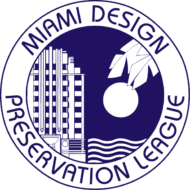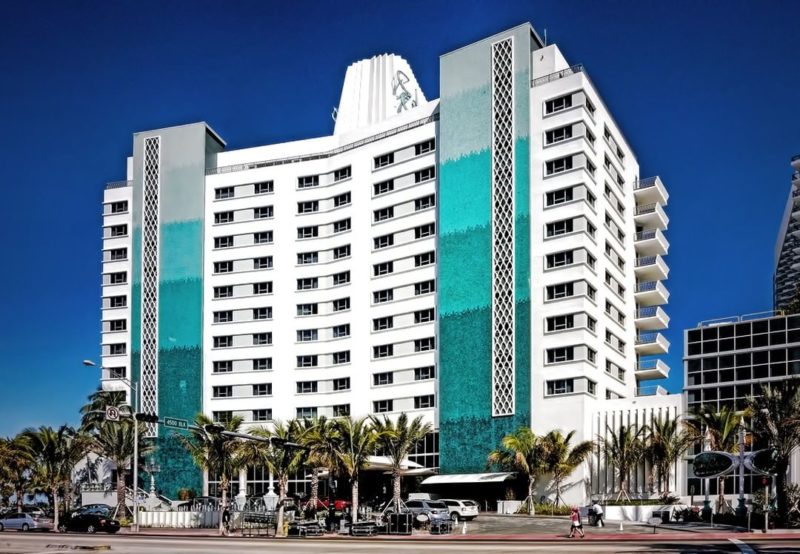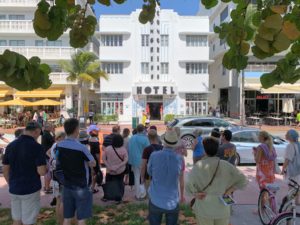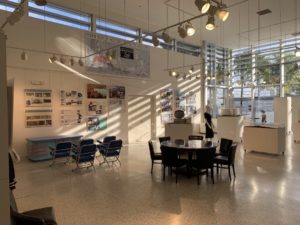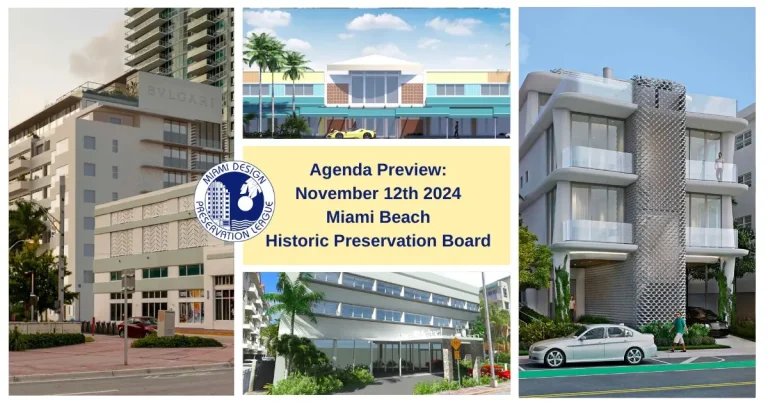
Agenda Preview: November 12, 2024 Historic Preservation Board
Read Time: 4 mins MDPL’s Advocacy Committee will review the following applications on the upcoming Historic Preservation Board agenda. Here is a sneak peek of the projects to be heard and links to learn
